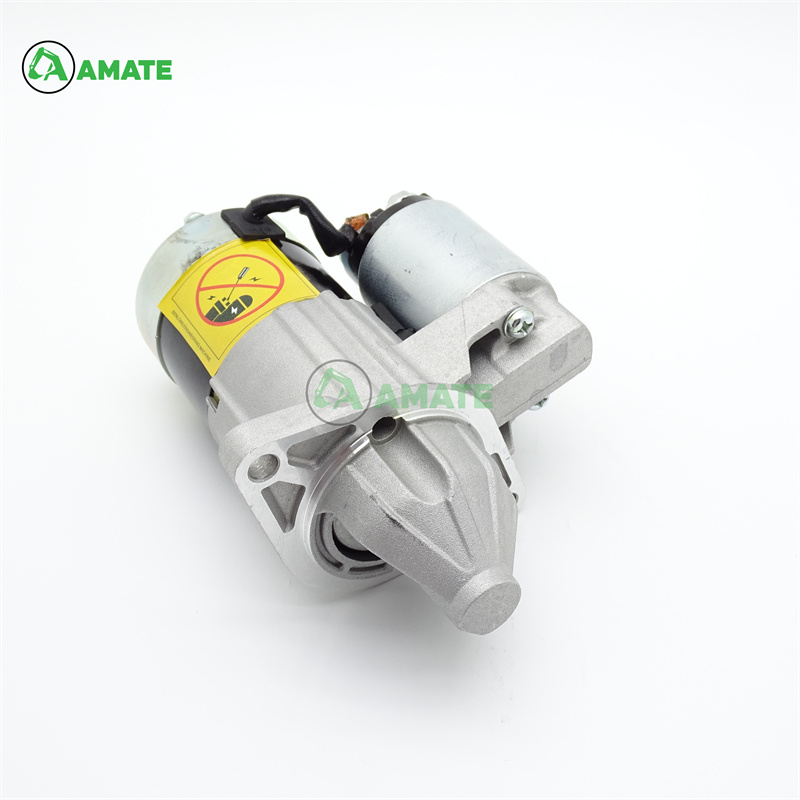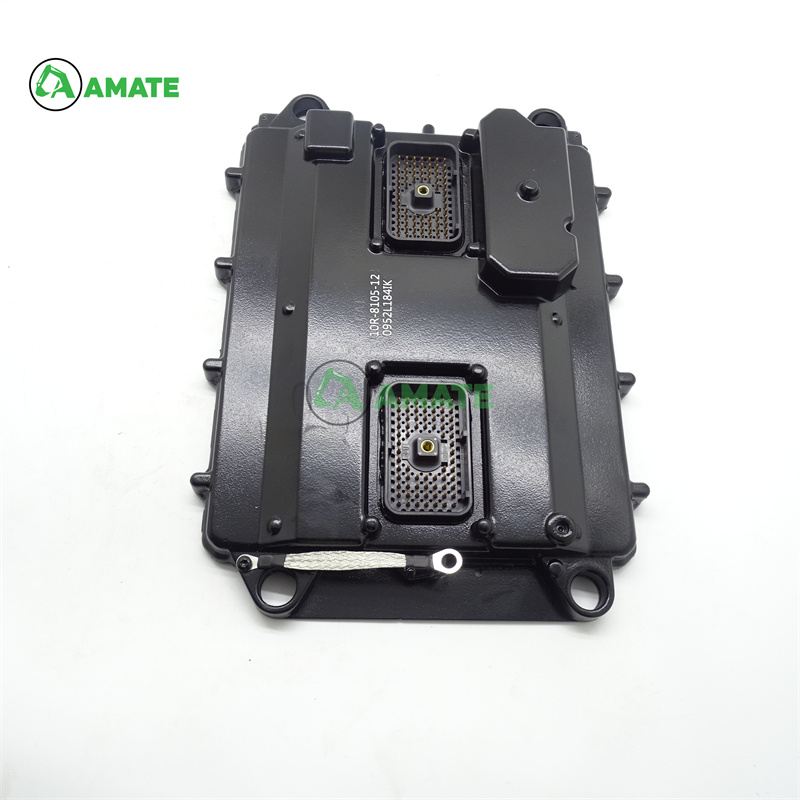Analysis of Solenoid Valve Industry Technology and Market Trends
Solenoid Valves, as core actuators in fluid control systems, are widely used in industrial automation, water treatment, medical equipment, home appliances, and automotive applications. The development of this industry is closely tied to the trends of smart manufacturing and energy conservation and environmental protection.
Market Size and Growth: Driven by rising industrial automation levels, the expansion of the new energy industry, and the widespread application of IoT technology, the global battery valve market has maintained steady growth. Infrastructure upgrades in emerging economies are also fueling continued market growth.
Technological Trends: Products are moving toward intelligent and integrated designs. Low-power designs, wireless communication capabilities (such as IoT compatibility), and new materials (to improve corrosion resistance and service life) are key areas of innovation. Demand for miniaturization and high-precision control is also growing.
Competitive Landscape: The market is highly fragmented, with numerous participants. Competition primarily focuses on technological R&D capabilities, cost control, and the provision of customized solutions. Regional industrial clusters are gradually forming, with a clear trend toward localized supply chains.
Challenges and Opportunities: Raw material price volatility and homogeneous competition are major challenges. Future opportunities lie in green energy support (such as hydrogen energy systems), smart city development projects, and the promotion of domestic substitution in high-end sectors.
Summary: The technical barriers in the battery valve industry are constantly increasing, and in the future, more emphasis will be placed on energy efficiency, reliability, and intelligence to meet the deep needs of diversified application scenarios.









